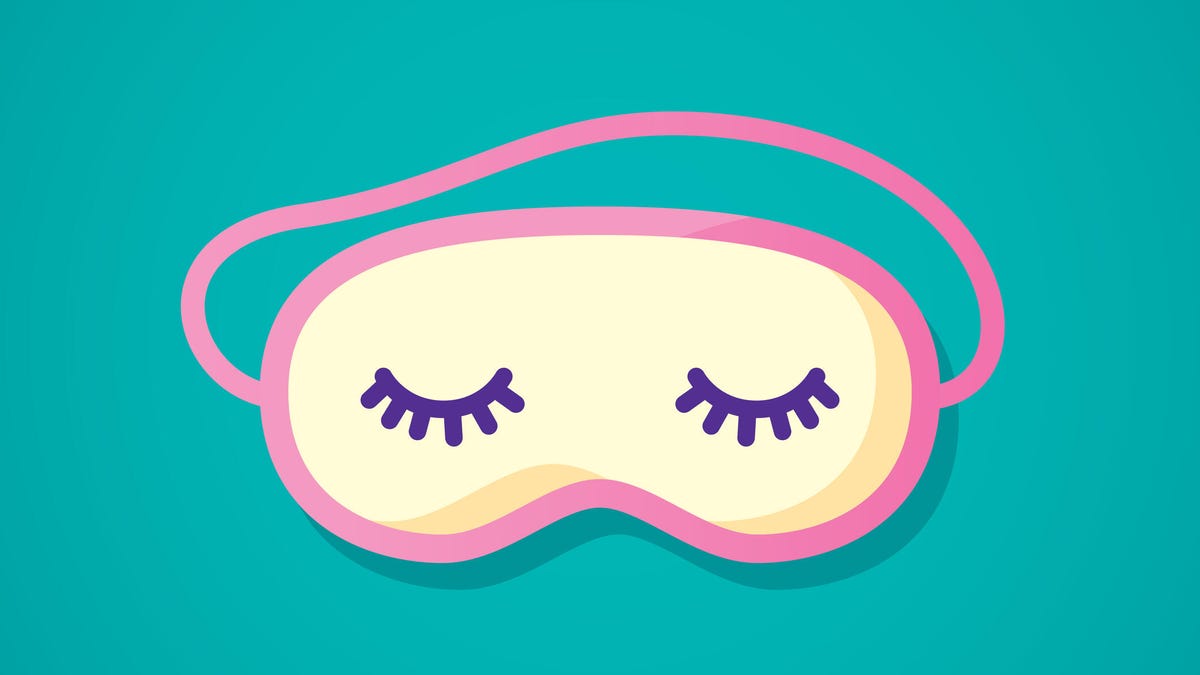 Why You Can Trust CNET
Why You Can Trust CNET 8 Hacks to Sleep Cool Next to a Hot Sleeping Partner, According to CNET's Sleep Expert
If you sleep next to a human furnace, it's likely you're feeling that second-hand heat. Try these eight tips to sleep cool tonight.

Sleep cooler next to a hot partner using these eight tips.
If you share a bed with a partner who radiates heat like an oven and you're waking up in a sweat pile, you may be lacking quality sleep. Besides being uncomfortable, poor sleep from being too hot can lead to grogginess in the morning, slower decision making and an overall worsened mood. There's a reason why experts recommend you sleep in a temperature between 60 to 67 degrees Fahrenheit.
If your partner is a hot sleeper and they're keeping you from getting your proper rest, try the tips below to stop the night sweats and help you both sleep more cool.
For more advice on how to sleep cool, check out the five ways to make memory foam sleep cooler or learn how you can sleep cooler without AC.
Tips to sleep cool next to a hot sleeper
These tried-and-true tips can help you sleep tight when you sleep next to a hot sleeper.
Use cooling sheets and a cool comforter
Especially in these summer months, it's important to sleep with breathable bedding -- especially if you or your partner is a hot sleeper. Rather than satin, flannel or regular cotton sheets, try organic cotton, bamboo or linen sheets that are much more breathable and easily wick moisture away. There are also cooling comforters like the Breeze by Buffy that don't trap heat like fluffy, down comforters or thick duvets.
Look into the Chilisleep Sleep Pad
Cool down the surface you sleep on by trying the Chili Sleeping Pad It's a cooling mesh mattress pad that comes with a remote control and a temperature regulating unit. One of the best parts is that you can buy a personal-size sleeping pad, or one made for two both you and your partner sleep hot.
Split your bedding like this to sleep cooler
Utilizing two different blankets is a great way to help each person get the coverage and feel they need while they sleep. This especially goes for couples where one sleeps hot and the other sleeps cold. Rather than a comforter, buy two twin XL blankets that fit each person's needs. The hot sleeper should consider a lightweight, breathable fabric, while the cool sleeper can use a microfiber or sherpa throw that offers a lot of warmth.
Put the hottest sleeper next to a window
If you can swing it, rearrange your bed and mattress to be near your window. The hot sleeper can get rest sleeping next to the window with a constant cool breeze coming through. If it's too warm outside to get a nice draft during the night, try a window fan.
Open your window and let the hottest sleeper take the side closest to it.
Turn on the AC
As mentioned before, the best temperature for sleep is around 60 to 67 degrees Fahrenheit. Set your thermostat low before you go to bed to ensure your bedroom is properly ready for sleep. If you don't have an air conditioner or are avoiding turning it on to save money, try these tips to help you sleep cooler without an AC.
Use fans to your advantage
Fans are the best friends of hot sleepers. They help keep air circulating and promote a constant breeze. You can even create a makeshift air conditioner using a fan and ice water. Place a bowl full of cold ice water in front of a fan and face it toward the hottest sleeper. This way, you'll feel cool and icy air blow toward you without having to rely on your AC.
Encourage your partner to drink water
Many of our body functions are in some way related, and that goes for hydration and our circadian rhythm. Our bodies naturally begin to cool down when we recognize bedtime is near, but this process can be thrown off if the body is feeling dehydrated. By drinking water before bed, you ensure your body gets the hydration it needs to properly regulate temperature. This is particularly important if you sweat a lot during your sleep. The more water you lose, the more it needs.
Consider a cooling mattress
If all else fails and you have room in your budget to buy a new mattress, it may be beneficial to upgrade your sleeping setup. A larger mattress ensures you have enough space between you and your co-sleeper to feel more comfortable and less second-hand heat. You can even consider a cooling mattress that's designed to help bring relief to hot sleepers.
Want to read more about getting better sleep? Check out our article on natural sleep aids for insomnia, how to get the most out of your nap and tips to make your firm bed softer.

